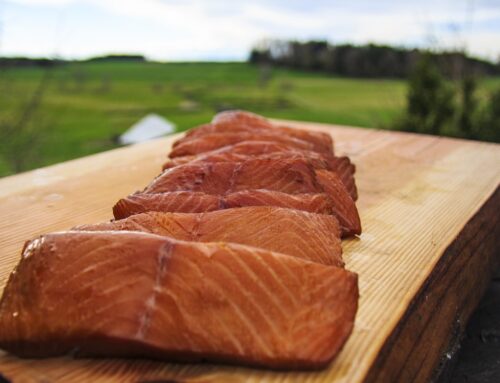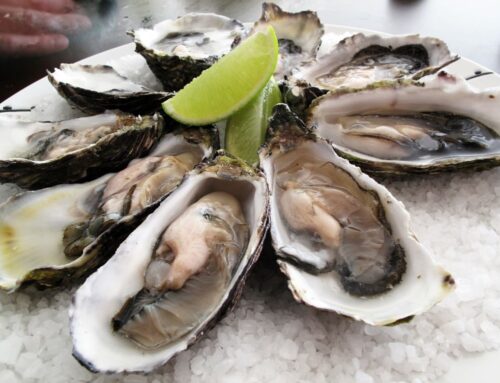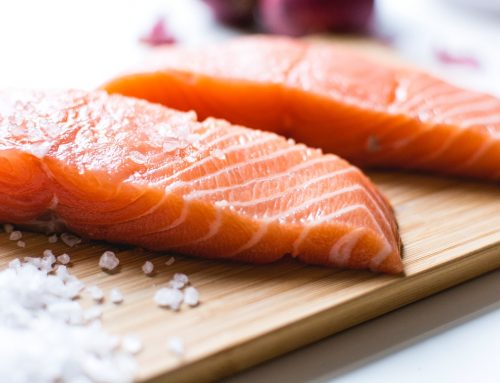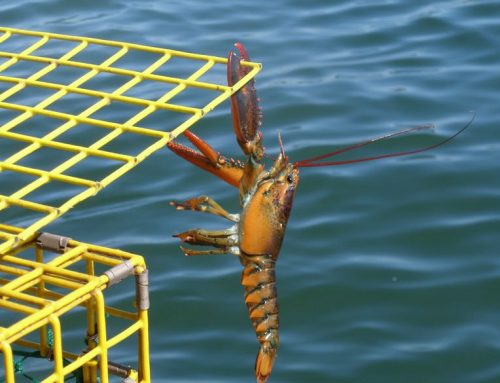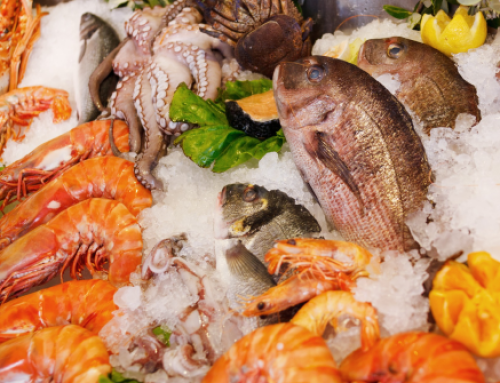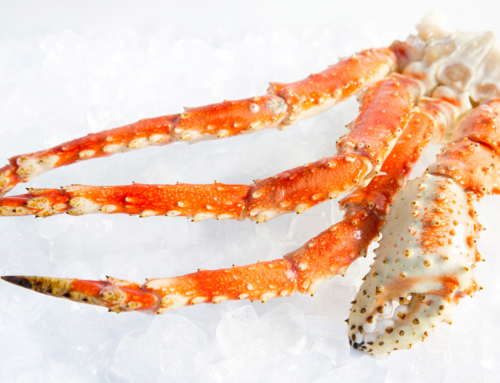Halibut lovers around the country may have noticed something different during their grocery store runs. Regular buyers of the flatfish are finding that prices are higher than usual. Prices have reached record heights due to a demand for halibut and desire by many to improve their health and wellness.
However, an increased demand creates a dilemma for seafood appreciators. Folks hoping to prepare the fish before the end of the summer might need to do some price comparisons and order halibut now in case fishers meet the catch limit.
Stock Up on Halibut Today
As you have likely realized, the higher prices are not discouraging people from buying halibut. By mid-July, Alaskan fishers had approached catching 7.8 million pounds. Alaska’s halibut catch limit is about 19 million pounds.
The seafood sales records this year are not new or unprecedented. The trend dates back to 2020. Fresh, frozen and pantry shelf sales increased by nearly 30% last year. The sales reached nearly $17 billion. They superseded the sales of meat, produce, and deli items.
These sales have resulted in the higher price tags you’re seeing in grocery stores today that you may think are mismarked. Typically, sellers will price the first fish of the season higher than usual. Then, as the halibut season continues, the prices drop. This year, the prices have remained consistent.
In early 2021, no Alaska ports reported paying under $5 per pound. The price increased from the average $4 cost in 2020. By the third quarter, the demand for halibut kept prices well over $5.75 per pound at the majority of ports. Prices hit $7.50 across the board in Homer, Alaska.
Halibut is among the high-quality types of fish to purchase. One reason is that halibut lasts for a long time in the freezer. If cooked and kept frozen, halibut is safe to eat for two to three months. If fresh and frozen, you can safely store your halibut for six to eight months. For what it’s worth, buying halibut is also best done via an online vendor or a retail store platform.
How Does Healthy Living Affect Halibut Prices?
Simply enjoying halibut is not the only thing that has driven higher prices for the fish. The overall desire for health and wellness has caused the surge.
The FMI-The Food Industry Association conducted a national survey studying the consumption of seafood over the past year. FMI found that one-third of Americans ate seafood two times per week. Nearly 60% of those studied added they thought a higher intake of seafood would bolster their immune systems.
But another large factor is that people feel more intrigued about cooking seafood. Seventy-five percent of those surveyed said they wanted to become more knowledgeable about the process. For them, it means knowing how to prepare and flavor it.
They also care about how fishers harvest the seafood. Thirty-six percent said they prefer to purchase wild-caught fish for nutritional value. As long as people remain dedicated to their health and explorative in the kitchen, these pricing trends will likely stay the same.
Take note of our Affiliate Relationships that may exist with this page and companies listed on it.


